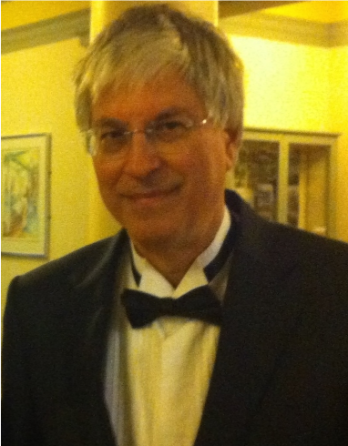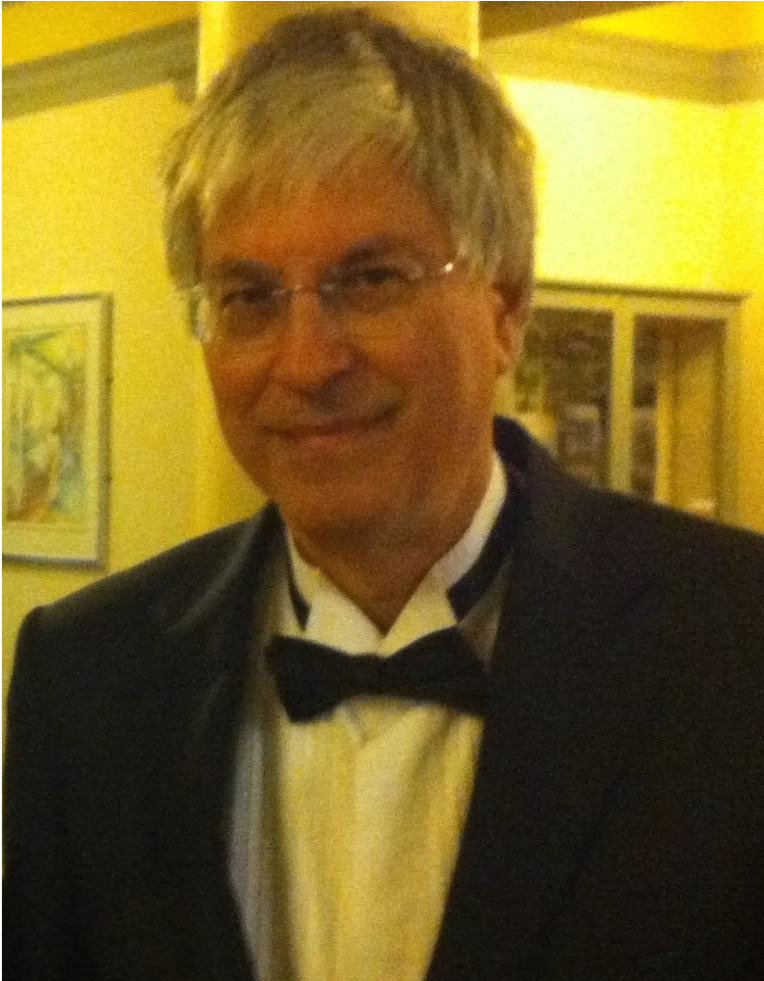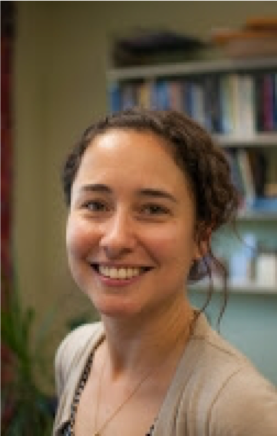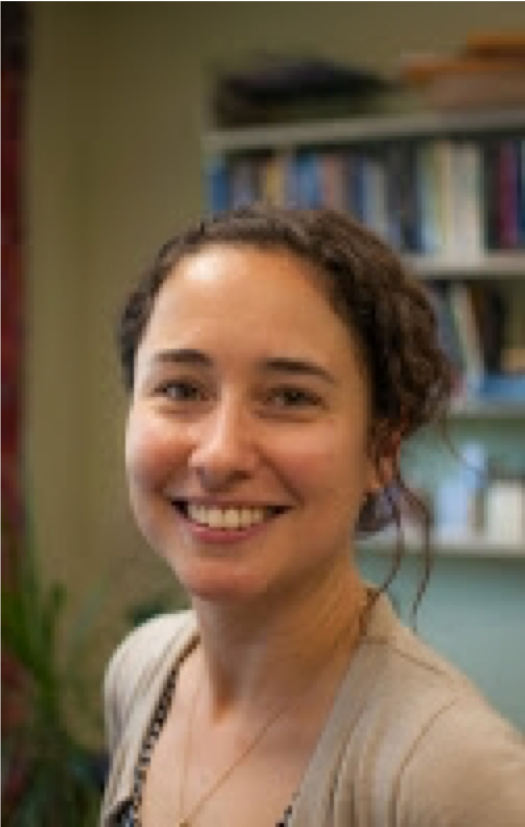50th Anniversary Speaker Series50th Anniversary Speaker Series
50th Anniversary Speaker Series
Morris Halle’s The Sound Pattern of Russian: The Road Not Taken
Dr Elan Dresher
Professor Emeritus, Linguistics, University of Toronto
Friday, October 19, 3:00 - 4:00 PM, SN 3060

Abstract
Morris Halle’s The sound pattern of Russian (SPR, 1959) sits at a significant fork in the road in the development of phonological theory. Looking backwards, it is the culmination of a tradition of phonological analysis associated with the Prague School and Roman Jakobson; looking forwards, it is the first major work in the new framework of Generative Phonology, a precursor to Chomsky & Halle’s influential The sound pattern of English (SPE, 1968). From Halle’s earlier work with Jakobson, SPR retains the notion of a branching tree (a contrastive feature hierarchy) that generates all and only the contrastive features of each Russian underlying segment. However, SPR is perhaps best known in the phonological literature for Halle’s argument against the structuralist phoneme, based on his analysis of Russian regressive voicing assimilation. This argument had another effect, not noted at the time, of devaluing the importance of contrastive specifications, which in turn had a series of consequences for the theory of phonology presented in SPE and work that followed from it.
However, Halle could have taken a different road. In this talk I will show how, with a very small adjustment to his tree, his argument against the structuralist phoneme would have still gone through, but with the effect of strengthening the role of contrastive feature hierarchies. Following this road, only contrastive specifications can be computed by the phonology (Hall 2007; Dresher 2009; Mackenzie 2011), and language-particular contrasts and feature hierarchies are once again central aspects of phonological representation. I will contend that this road can still be taken!
Based on work with Daniel Currie Hall, Saint Mary’s University
Deriving verb-initial word order in Mayan
Dr Jessica Coon
Associate Professor, Linguistics, McGill University
Canada Research Chair in Syntax and Indigenous Languages
Monday, September 24, 4:00 PM - 5:00 PM, SN 3060
Abstract
While languages in the Mayan family are predominantly verb-initial (V1), individual languages display either rigid VSO or alternating VOS/VSO word orders (England 1991). Existing proposals derive V1 order in Mayan by base-generating the subject in a vP-internal right-side specifier (Aissen 1992) or by XP-fronting a predicate to a high left-side specifier position (Coon 2010). This talk reviews problems with previous accounts and argues that V1 is consistently derived by head movement of the verb to a position above the subject and below Infl. This proposal accounts for uniformity in verb-stem formation across the family and provides a natural account of VSO orders. This account both provides better empirical coverage internal to Ch’ol, and makes testable predictions in the domains of word order and prosodic constituency for other Mayan languages.
50th Anniversary Speaker Series
Morris Halle’s The Sound Pattern of Russian: The Road Not Taken
Dr Elan Dresher
Professor Emeritus, Linguistics, University of Toronto
Friday, October 19, 3:00 - 4:00 PM, SN 3060

Abstract
Morris Halle’s The sound pattern of Russian (SPR, 1959) sits at a significant fork in the road in the development of phonological theory. Looking backwards, it is the culmination of a tradition of phonological analysis associated with the Prague School and Roman Jakobson; looking forwards, it is the first major work in the new framework of Generative Phonology, a precursor to Chomsky & Halle’s influential The sound pattern of English (SPE, 1968). From Halle’s earlier work with Jakobson, SPR retains the notion of a branching tree (a contrastive feature hierarchy) that generates all and only the contrastive features of each Russian underlying segment. However, SPR is perhaps best known in the phonological literature for Halle’s argument against the structuralist phoneme, based on his analysis of Russian regressive voicing assimilation. This argument had another effect, not noted at the time, of devaluing the importance of contrastive specifications, which in turn had a series of consequences for the theory of phonology presented in SPE and work that followed from it.
However, Halle could have taken a different road. In this talk I will show how, with a very small adjustment to his tree, his argument against the structuralist phoneme would have still gone through, but with the effect of strengthening the role of contrastive feature hierarchies. Following this road, only contrastive specifications can be computed by the phonology (Hall 2007; Dresher 2009; Mackenzie 2011), and language-particular contrasts and feature hierarchies are once again central aspects of phonological representation. I will contend that this road can still be taken!
Based on work with Daniel Currie Hall, Saint Mary’s University
Deriving verb-initial word order in Mayan
Dr Jessica Coon
Associate Professor, Linguistics, McGill University
Canada Research Chair in Syntax and Indigenous Languages
Monday, September 24, 4:00 PM - 5:00 PM, SN 3060
Abstract
While languages in the Mayan family are predominantly verb-initial (V1), individual languages display either rigid VSO or alternating VOS/VSO word orders (England 1991). Existing proposals derive V1 order in Mayan by base-generating the subject in a vP-internal right-side specifier (Aissen 1992) or by XP-fronting a predicate to a high left-side specifier position (Coon 2010). This talk reviews problems with previous accounts and argues that V1 is consistently derived by head movement of the verb to a position above the subject and below Infl. This proposal accounts for uniformity in verb-stem formation across the family and provides a natural account of VSO orders. This account both provides better empirical coverage internal to Ch’ol, and makes testable predictions in the domains of word order and prosodic constituency for other Mayan languages.

